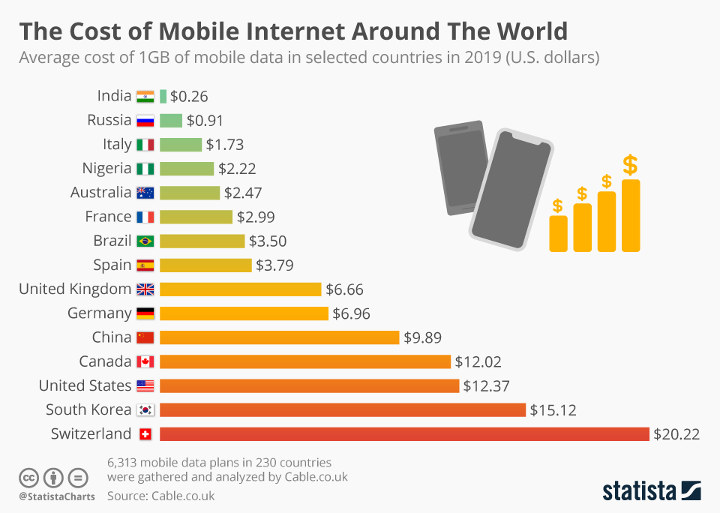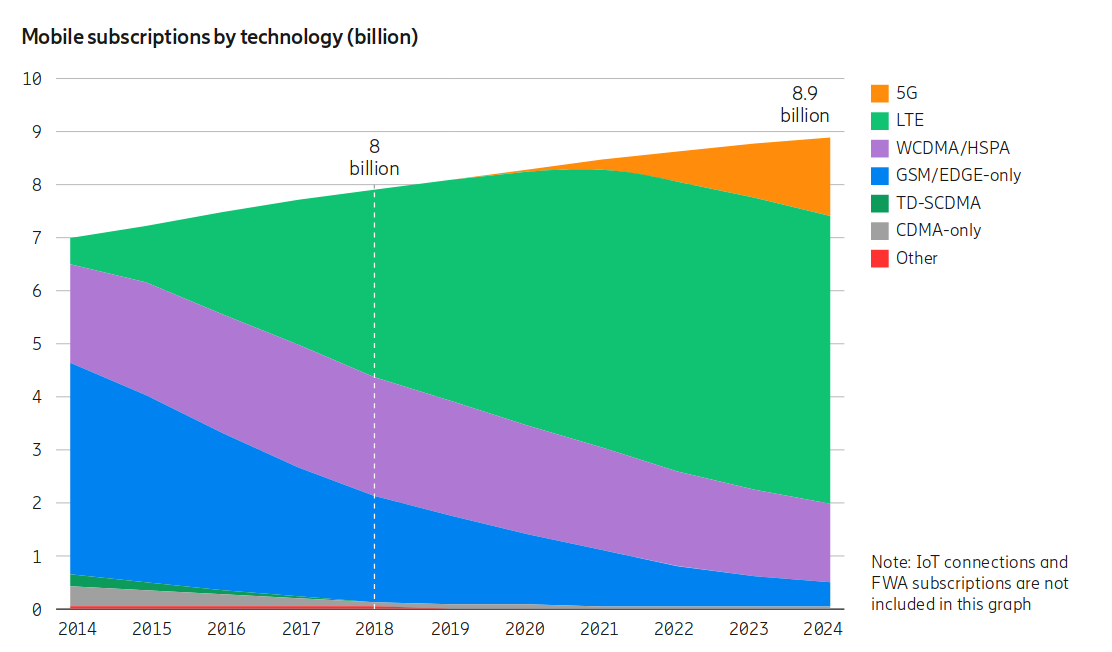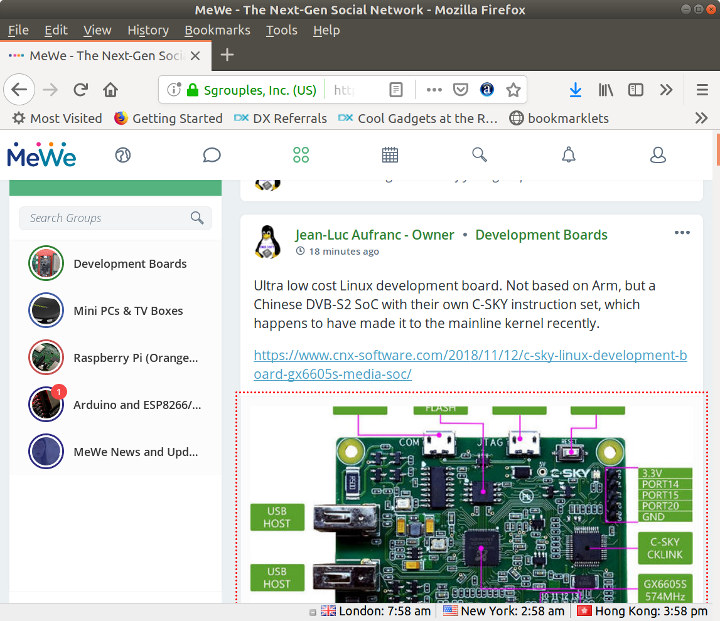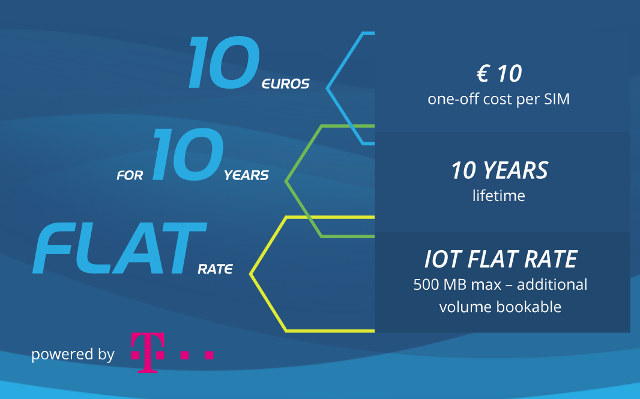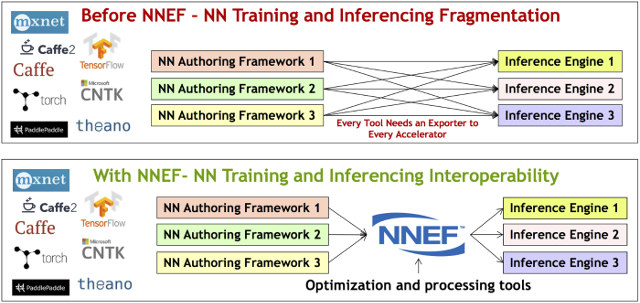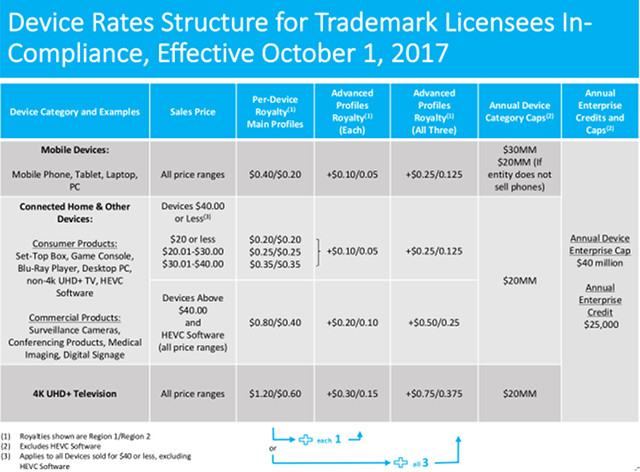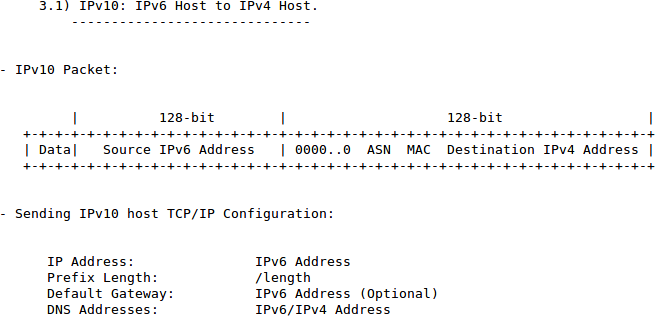The price of products often vary around the world due to taxes, regulations, and cost of living. In many cases, that’s just a few tens of percents, but in some others the price may vary a lot more, as in many folds. For example, medicines are usually way more expensive in developed countries – and harder to buy -, and based on a study by Cable.co.uk, the price of 1GB mobile data varies massively across the world with India having the cheapest average cost of $0.26 US, and Zimbabwe the highest at $75.20. Price varies a lot even for neighboring countries. So if you live in Geneva in Switzerland where the average price for 1GB is $20.22, it may pay off to get signal from France (if possible) where the average cost is only $2.99. One should bear in mind that determining the average price of 1GB of mobile data […]
Cellular Forecasts for 2024 – 1.5 Billion 5G Subscriptions, 4 Billion Cellular IoT Devices
5G has yet to really take off, as it’s only available in a few cities, but a recent report publishes by Ericsson provides some forecasts for the future of 5G and cellular IoT connectivity, as well as interesting numbers of the current state of cellular networks. There are now 7.9 billion mobile subscriptions, more than humans, including 5.7 billion mobile broadband subscription, with Asia clearly dominating the field due to its much larger population. Asia also accounts for most of the recent growth in subscriptions, and interestingly people in Central and Eastern Europe (including Russia) especially appears to need more than one mobile subscription with 142% penetration, which means on average one person has 1.4 mobile subscriptions. There are more subscriptions than people in most of the continents/countries, but to a lesser extent, and India (87%) and Africa (82%) are the only exceptions. The chart above allows us to look […]
MeWe is an Ad-free, Privacy Focused Social Network
This post will be fairly off-topic, but recently Google announced they’d be closing Google+ for consumers. CNX Software has a community about TV boxes and mini PCs with over 12,000 members on the site, and that means it will go away eventually. So Google+ is going away, Facebook is very popular – and we have our own page – but many people have privacy concerns, don’t like the way the company handles their data, and/or for sensitive subjects, censorship appears to have come into play recently. Twitter is another option which I also use, but there’s no such things as groups or communities. But the other day, I noticed people on Google+ complained about the lack of activity in a specific community, and a person replied that everybody moved to MeWe… OK, so what is MeWe? As described on the website: Engineered with privacy-by-design, MeWe turns the table on Facebook […]
1NCE to Offer a 10 Euros Plan for 10-Year of Cellular IoT Connectivity in Europe
For the Internet of Things to be successful, prices need to come down sharply, and eventually LPWAN connectivity should be possible with $1 to $2 modules, $5 to $10 development boards like we can get for WiFi today. Cellular IoT hardware is likely to be a bit more expensive – even when using NB-IoT – but hardware prices have to come down to acceptable levels, and so is connectivity. 1NCE brings us in the right direction for the latter with a SIM card selling for 10 Euros offering 10-year of 2G/3G/NB-IoT connectivity (1 Euro per year) with 500MB data included. That’s about 140KB of data per day, which should be OK for applications like smart meters. There are no other fees, except if your device goes over the limit, but the company has not provided any pricing details for the extra data. The service will cover 30 countries in Europe. […]
Khronos Group Releases Neural Network Exchange Format (NNEF) 1.0 Specification
The Khronos Group, the organization behind widely used standards for graphics, parallel computing, or vision processing such as OpenGL, Vulkan, or OpenCL, has recently published NNEF 1.0 (Neural Network Exchange Format) provisional specification for universal exchange of trained neural networks between training frameworks and inference engines. NNEF aims to reduce machine learning deployment fragmentation by enabling data scientists and engineers to easily transfer trained networks from their chosen training framework into various inference engines via a single standardized exchange format. NNEF encapsulates a complete description of the structure, operations and parameters of a trained neural network, independent of the training tools used to produce it and the inference engine used to execute it. The new format has already been tested with tools such as TensorFlow, Caffe2, Theano, Chainer, MXNet, and PyTorch. Khronos has also released open source tools to manipulate NNEF files, including a NNEF syntax parser/validator, and example exporters, which can […]
H.265 / HEVC License Pricing Updated for Low Cost Devices
Most video codecs such as H.264, H265/HEVC, MPEG-2, MPEG-4… requires the manufacturer to pay a license fee. The fees are then added to the final product, but the actual codec fees are usually unknown to the end user. One of the exceptions are VC-1 and MPEG-2 license fees for Raspberry pi boards which are sold separately for respectively £1.20 ($1.58 US) and £2.40 ($3.16 US). So I assumed that licenses pricing was mostly private and negotiated based on volume. But a recent article stated that HEVC Advance, independent licensing administrator, revised the royalties for lower-price devices (<$40) with the price table below providing a good insight into pricing for different device types, unit prices and regions. The new discounted royalty rate category applied to consumer and commercial products selling for less than $40 including set-top boxes, surveillance cameras, game console and others. A simplified Patent License Agreement (PPL) was also announced in order […]
IPv10 Draft Specification Released for IPv6 <-> IPv4 Communications
The first time I used IPv6 was in 2000 for my final year project, and for many years, we’ve been told that IPv4 32-bit address space was running out, and a transition to 128-bit IPv6 address was necessary, and would happen sooner rather than later. Fast forward to 2017, I’m still using IPv4 in my home network, and even my ISP is still only giving a dynamically allocated IPv4 address each time we connect to their service. Based on data from Google, IPv6 adoption has only really started in 2011-2012, and now almost 20% of users can connect over IPv6 either natively or through IPv4/IPv6 tunneling. But today, I’ve read that IPv10 draft specifications had been recently released. What? Surely with the slow adoption of IPv6, we certainly don’t need yet another Internet protocol… But actually, IPv10 (Internet Protocol version 10) is designed to allow IPv6 to communicate to IPv4, […]
SigFox Launches Spot’it Low Cost GPS-Free IoT Geolocation Service
Asset tracking was traditionally done using a combination of cellular and GPS technology, and LPWAN standards like LoRa & Sigfox promised to lower the cost of communication and hardware while still relying on GPS technology, but Sigfox has just announced Spot’it geolocation service, which will get rid of GPS all together, and instead use radio signal strength analysis and deep learning techniques in order to provide location information both outdoors and indoors. Key benefits listed by the company include: Lowest-cost IoT location service – Spot’it does not require any additional hardware or software upgrades, and the device does not have to transmit more messages, meaning there is no impact on the solution operating cost for customers. Low energy – Spot’it does not rely on energy intensive GPS technology, nor require additional processing or any more energy than what Sigfox-enabled devices already consume. Enabled through a planetary network – Spot’it is embedded […]


